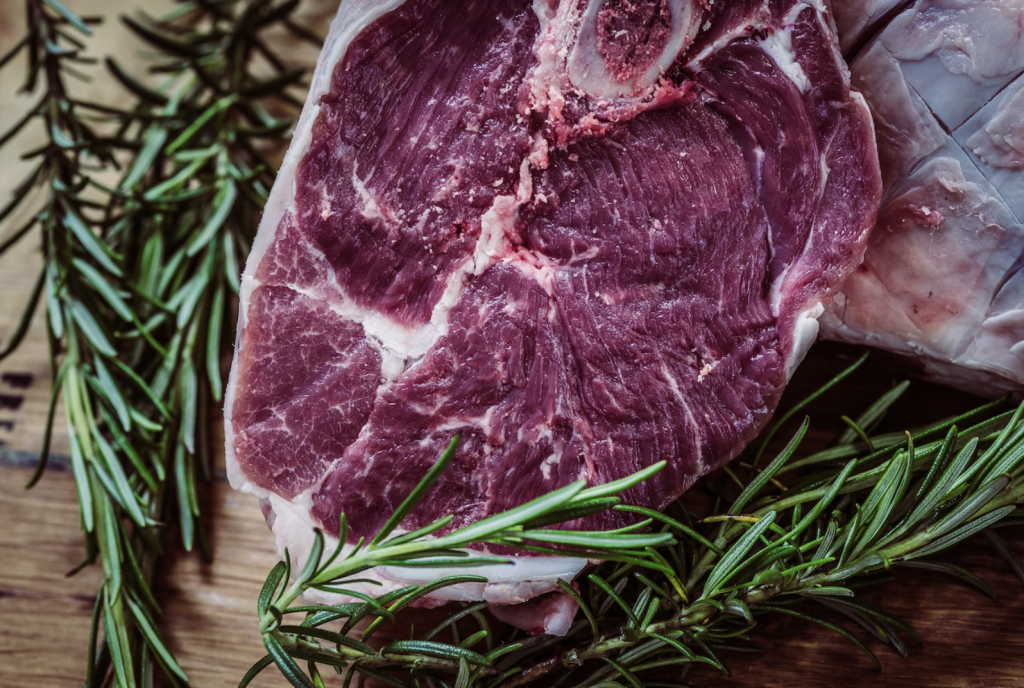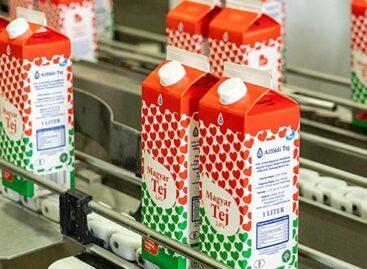The Hungarian meat industry is in big trouble
Is it really not worth it to keep chickens, pigs or cattle? In Hungary, in the summer of 2022, fewer of the main farm animal species were kept than a year earlier – it was revealed in Fókusz from the counties’ latest 2022 publication, whose county-specific data was also scrutinized by HelloVidék.

According to the data of the Agricultural Economics Institute (AKI), in the first half of 2022, domestic slaughterhouses slaughtered around 214,000 tons of pigs and more than 230,000 tons of poultry (carved weight, slaughtered for poultry, cleaned weight). Without exception, less of our main farm animals were slaughtered compared to the same period in 2021 : in terms of number of pieces, 5.5 percent fewer cattle, 6.5 percent fewer pigs and 12.8 percent fewer poultry halves were slaughtered in the first half of 2022. The poultry data series can be said to be drastic, as goose and duck slaughter fell significantly, by 35 and 49 percent respectively back. At the same time, turkey slaughter practically remained at the same level compared to the base value of a year earlier
Related news
Hungarian sausages on the New Year’s Eve table!
🎧 Hallgasd a cikket: Lejátszás Szünet Folytatás Leállítás Nyelv: Auto…
Read more >Domestic meat industry in a market turmoil
🎧 Hallgasd a cikket: Lejátszás Szünet Folytatás Leállítás Nyelv: Auto…
Read more >Four tons of meat products seized in Röszke
🎧 Hallgasd a cikket: Lejátszás Szünet Folytatás Leállítás Nyelv: Auto…
Read more >Related news
Crowds return to stores: margin cap and year-end preparations drive retail traffic
🎧 Hallgasd a cikket: Lejátszás Szünet Folytatás Leállítás Nyelv: Auto…
Read more >The kings of the New Year’s Eve list: hot dogs and champagne in abundance
🎧 Hallgasd a cikket: Lejátszás Szünet Folytatás Leállítás Nyelv: Auto…
Read more >The Alföldi Tej case is drifting towards an uncertain outcome
🎧 Hallgasd a cikket: Lejátszás Szünet Folytatás Leállítás Nyelv: Auto…
Read more >






